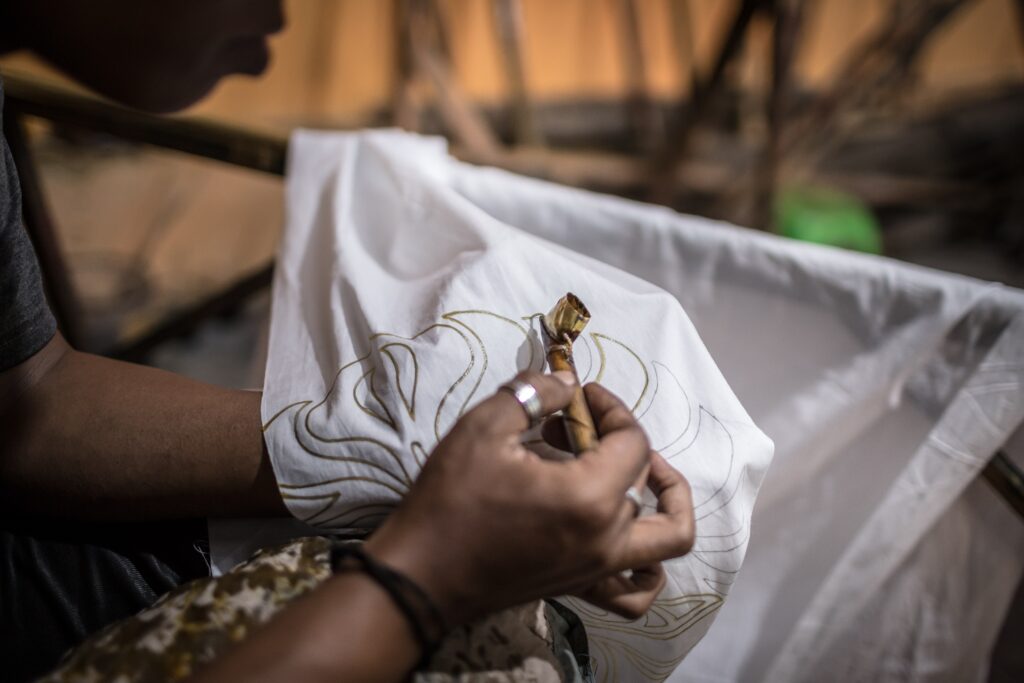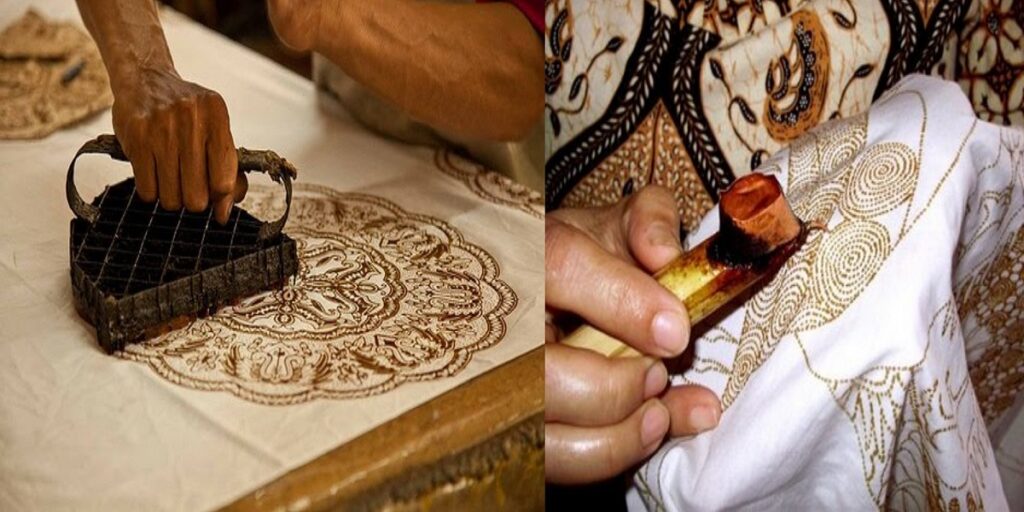Our Services
Handcrafted Batik
All of our products are 90% handwoven for our customers. Every product brings you unique Indonesian heritage
Chilly and Comfy
Our products are crafted and engineered specifically to fit our tropical equator climate.
Local Pride
The materials we use in our products are 100% locally made from Indonesia.
Formally Elegant
Our professional designers engineered each and every products with attention to details and utility.
Our Batik Patterns

Batik Tulis
Written batik or batik tulis (Javanese script: ꦧꦠꦶꦏ꧀ꦠꦸꦭꦶꦱ꧀; Pegon: باتيق توليس) is made by writing wax liquid on the surface of the cloth with a tool called canting. Canting made of copper with a handle made of bamboo or wood. The making of hand-written batik takes approximately 1–3 months depending on the complexity and detail of batik. Because the working techniques are still traditional and manual, making hand-written batik takes longer and is more complicated than other batik techniques.
Batik Cap
Stamped batik or batik cap (Javanese script: ꦧꦠꦶꦏ꧀ꦕꦥ꧀; Pegon: باتيق چڤ) is batik whose manufacturing process uses a stamp tool. This stamp tool is made of copper plates which form a batik motif on one of its surfaces. Stamp tool or canting cap is made by people who are experts in that field. Making batik with cap works the same way as using a stamp, but using waxes, not ink. This experience process is not easy to do. To make one piece of batik cloth, the process of deepening is carried out several times depending on the number of colors desired.


Mixed Batik
As the name implies, combination batik is a combination between written batik and printed batik. This batik was created to perfect the printed batik which is only able to make great motifs and graffiti art that cannot be produced by hand. Extra preparation is required in making batik combinations. One of them is to combine written motifs and stamped motives so that the value of batik art is equated with printed batik. Meanwhile, the process of making combination batik goes through several stages. Among them are preparation, patterning (for large motives), batik (motives that cannot be stamped), coloring, pelorodan and refinement.
Let us know you better.
Enter your email here for our latest news, exclusive offers, newest collections, discounts, vouchers, and other awesome stuffs!
